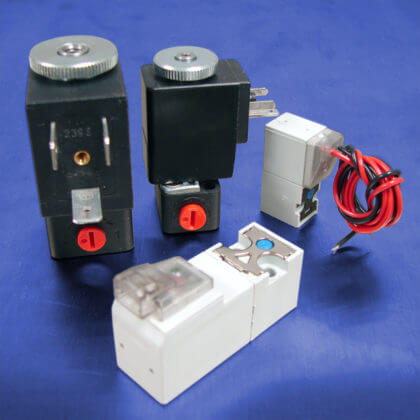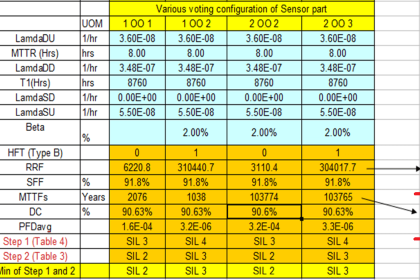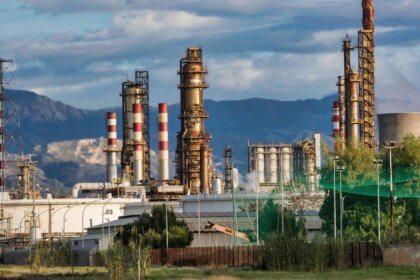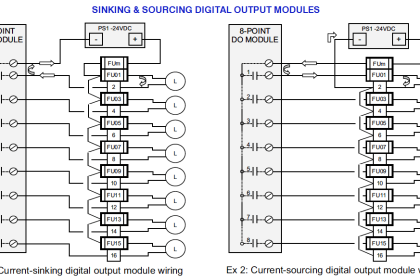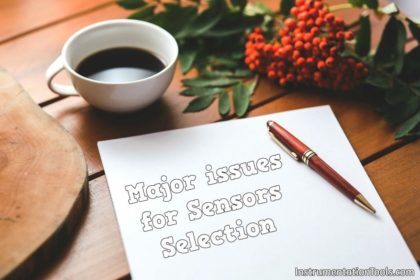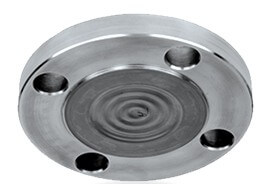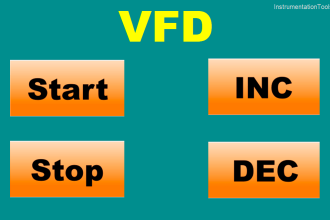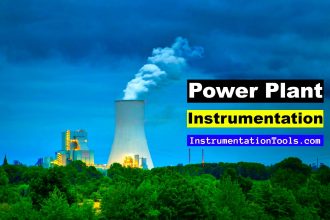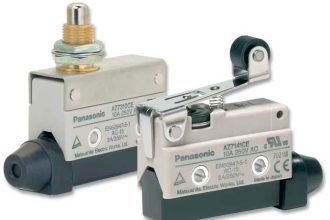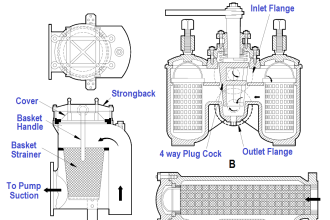Solenoid valves are an efficient method of converting electrical signals into pneumatic functions. Applying electricity to a direct acting solenoid valve creates a magnetic field within the coil which attracts an internal armature and allows air flow through the ports. Below are the top five things to consider when choosing a direct acting solenoid valve for any pneumatic application.
1. Flow Rate – How much flow is needed at the output port of the valve? Just like manual valves, it is important to know the required flow rate of your application in order to correctly size a direct acting solenoid valve. If the valve is too large for the application, you will be wasting air & money. If it’s too small for the application, the actuator will not function properly.
2. Power Requirements – Commonly referred to as voltage and wattage, the power available to the application will help determine the correct solenoid for the pneumatic circuit. Keep in mind that flow is limited by the valve’s orifice and a bigger orifice requires a larger power source to open.
If you have high flow requirements and a low power supply, consider using a pilot operated valve. If your power supply is limited, for example the application runs on a battery, a latching solenoid valve is often an ideal fit.
3. Electric Connector – How will the solenoid valve be connected to the power source in your application? The choice of using a spade connector or flying leads when installing a solenoid valve is based on personal preference. Both styles are easy to install, however, the combination of the spade and a DIN connector simplifies any necessary valve replacement.
4. Operating Pressure – The pressure required to operate a solenoid valve is known as the operating pressure (psi). Since operating pressure greatly affects flow rate, it is important to review the performance data presented by the manufacturer to ensure that the valve will perform as required in your application. For example, at 50 psi a valve can have a flow rate of 9 scfm whereas at 125 psi, the same valve can have a flow rate of 20 scfm.
5. Port Size – Direct acting solenoid valves must be installed on a single base or multiple-station manifold to allow air flow to the pneumatic circuit. Review the port sizes in the base or manifold to ensure that the correct fittings are purchased to connect the tubing lines in the application.
Also Read: Solenoid Valve Working Animation
